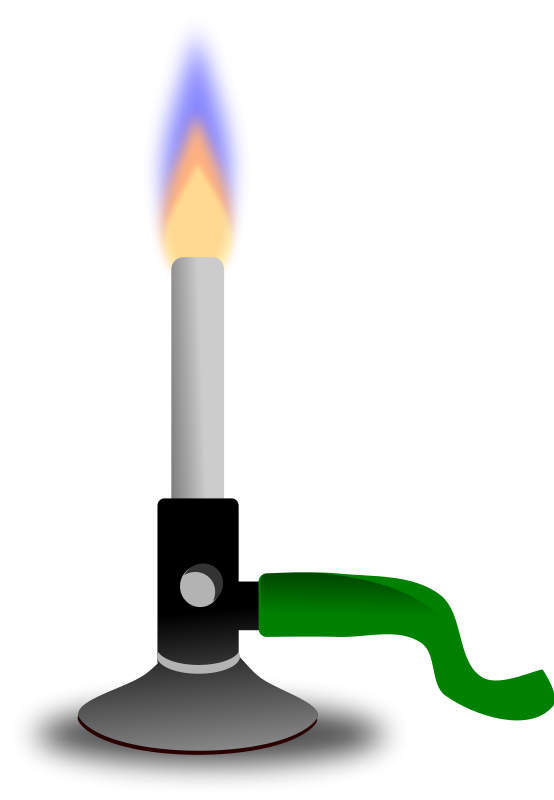9. Seek annual certification of your cabinet.
 |
| Photo credits: www.facebook.com/EscoBiologicalSafetyCabinets1 |
This ensures cabinet airflows
and containment factors are within safe limits. The cabinet should also be
re-certified if it is physically relocated to ensure no filter damage has
occurred.
Evaluation of the
effectiveness of cabinet containment should include tests for cabinet integrity,
HEPA filter leaks, downflow velocity profile, face velocity, negative
pressure/ventilation rate, air flow smoke pattern, and alarms and interlocks.
Special
training, skills and equipment are required to perform these tests and it is
highly recommended that they are undertaken by a qualified professional.
10. Observe surface decontamination.
Decontaminate work zone
with cleaning agents after every use. Germicidal UV-lamps are not a substitute
for good cleaning practices.
Materials to be placed
inside the cabinet should be surface-decontaminated with 70% alcohol.
 |
| Photo credits: media.licdn.com |
All items within BSCs,
including equipment, should be surface-decontaminated and removed from the
cabinet when work is completed, since residual culture media may provide an
opportunity for microbial growth. The work surfaces and interior walls should
be wiped with a disinfectant that will kill any microorganisms that might be
found inside the cabinet. At the end of the work day, the final surface
decontamination should include a wipe-down of the work surface, the sides, back
and interior of the glass. A solution of bleach or 70% alcohol should be used
where effective for target organisms. A second wiping with sterile water is
needed when a corrosive disinfectant, such as bleach, is used.
11. Allow purge cycles.
Leave the blower on (at
least 5 minutes) before and after use so as to purge the work zone of any
contaminants.
*Purge – to allow time for contaminated air to be removed from the cabinet environment
12. Observe correct sash opening height.
 |
| Photo credits: www.firstaidandsafetyonline.com |
Always set the sash to the work
height when working in the cabinet. If the sash window is fully open or above the normal operating height, it may compromise your safety.






